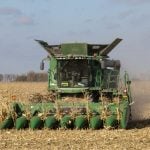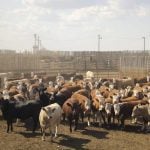Looking back on Les Henry’s 40 years of Grainews columns causes me to reflect on how most things have improved in Prairie agriculture, though a few haven’t. I got my start as first field editor of Grainews in 1976, around the same time as Les started writing his columns. One of my first stories was on the proper […] Read more












